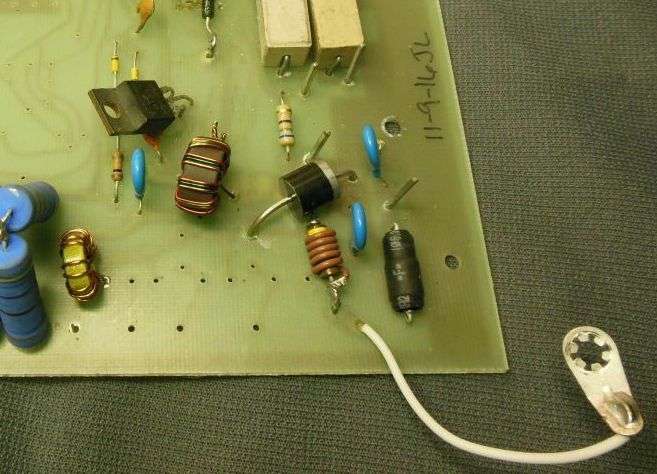543, Quoted from the manual on cbtricks.
" Class
AB operation of the tube permits high peak powers with low distortion products and harmonics. "
The pi network will be a big factor on harmonic suppression. A pi-L would help even more if you're concerned about that.
The IMD (splatter) levels are probably going to be way better than most as long as your screen and bias supply is stable and you don't expect more than 300 watts out of each 250b.
I've saw 800 watts from one with 2500 on the plate but it's dirty. That's why I moved on. It takes a bucket full of the things to make any power...then your total plate impedance drops with each additional toob and the harmonic suppression of the pi network suffers.
As a comparison a 2879 has horrible IMD performance unless you run them at 60 watts pep. The spec sheet shows this and I believe this is why older 100 watt ham rigs used a pair of them when one would do the job.
If I can't put +40 on your S meter and be completely gone when you change the channel I'm not happy. The locals can't figure out how that's possible. One guy lives a couple of miles away and thinks his receiver is just really good.








